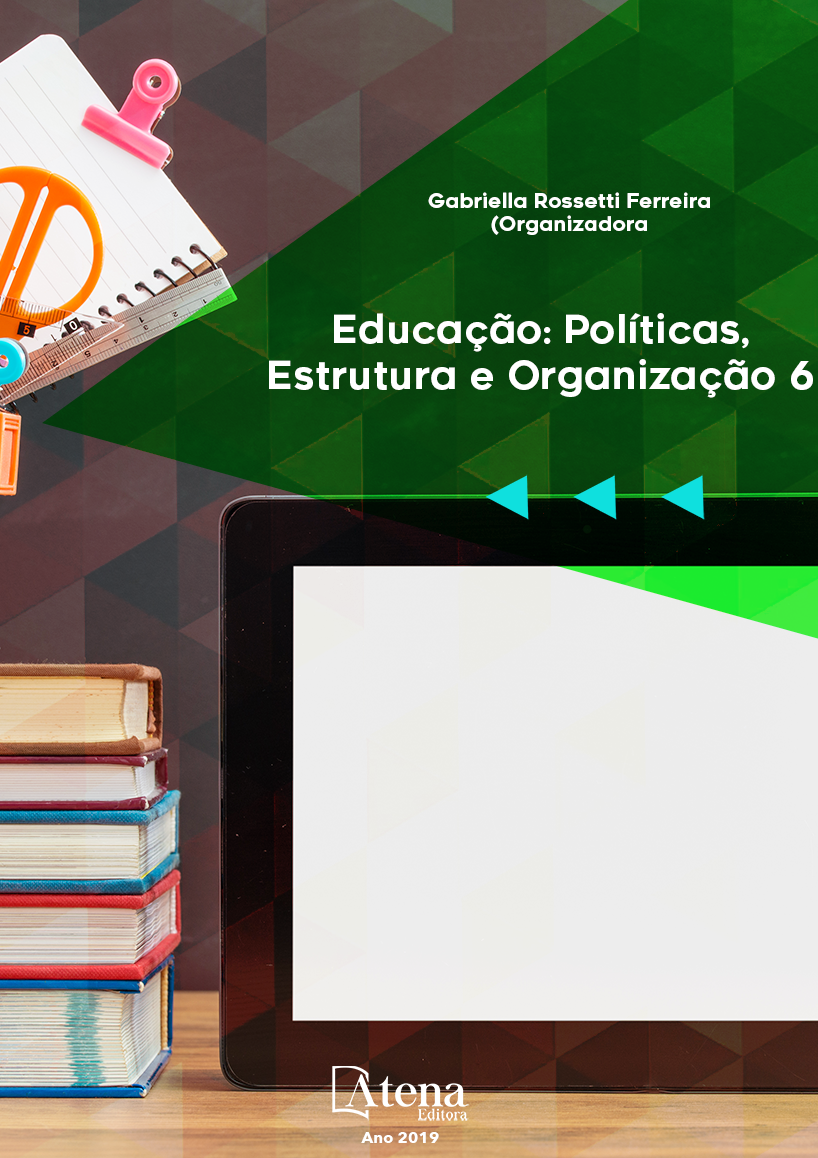
ENSINO DE BOTÂNICA: metodologia para o estudo das Angiospermas no fundamental II
Os conhecimentos resultantes de
construções pessoais fora do ambiente escolar
sobre os diversos fenômenos emergem na sala
de aula e podem se estender para inúmeros
conteúdos, inclusive os biológicos, que estão
intimamente presentes na rotina das pessoas.
Dentre estes, a botânica tem sido alvo de
desestima e reflete um comportamento habitual
das pessoas de um modo geral. Sendo assim,
o objetivo do presente trabalho foi avaliar a
aprendizagem de botânica em uma turma
de 7º ano do ensino fundamental, por meio
da investigação e relação com o cotidiano do
aluno. Quanto aos métodos, pautou-se em
uma combinação entre os métodos qualitativo
e quantitativo. Para alcançar os objetivos, foi
aplicado um pré-teste antes de ministrar as
sequências didáticas e um pós-teste 35 dias
após a realização das mesmas. As sequências
didáticas totalizaram em cinco ao todo,
desenvolvidas no período de abril a maio de
2018. Pôde-se observar que as intervenções
realizadas sob a concepção de um ensino mais
prático com presença de elementos do cotidiano
do aluno, além de exploração de espaços
extra sala de aula, como o pátio da escola,
são eficientes no estímulo e contribuições
significativas à aprendizagem do mundo vegetal,
evidenciado pelos resultados obtidos no pósteste, que revelaram uma diferença bastante
considerável positivamente das respostas
em relação ao pré-teste. Além dos resultados
indicados no pós-teste, as apreensões feitas
durante a execução das sequências indicaram
aumento da participação dos alunos nas aulas,
sejam nas práticas ou nos conteúdos teóricos.
ENSINO DE BOTÂNICA: metodologia para o estudo das Angiospermas no fundamental II
-
DOI: 10.22533/at.ed.07119030428
-
Palavras-chave: Ensino de ciências; Botânica; Metodologia.
-
Keywords: Science teaching; Botany; Methodology.
-
Abstract:
The knowledge resulting from
personal constructions outside the school
environment about the various phenomena
emerge in the classroom and can extend to
countless contents, including the biological
ones, that are closely present in the routine
of the people. Among these, botany has been
discarded and reflects the usual behavior of
people in general. Therefore, the objective of
the present work was to evaluate the learning of botany in a 7th grade elementary
school class, through research and relationship with the daily life of the student. As for
the methods, it was based on a combination of qualitative and quantitative methods. To
reach the objectives, a pre-test was applied before teaching didactic sequences and a
post-test 35 days after the same. The didactic sequences totaled five in all, developed
from April to May 2018. It could be observed that the interventions carried out under
the conception of a more practical teaching with presence of elements of the student’s
daily life, besides the exploration of extra spaces classroom, as the school yard, are
efficient in stimulating and meaningful contributions to the learning of the plant world,
evidenced by the results obtained in the post-test, which revealed a very considerable
positive difference of the responses in relation to the pre-test. In addition to the results
indicated in the post-test, the seizures made during the execution of the sequences
indicated an increase in the participation of the students in the classes, either in the
practices or in the theoretical contents.
-
Número de páginas: 15
- Pietra Rolim Alencar Marques Costa
- Rafaela Sales Pereira Roxo
- Nadja Larice Simão de Lacerda
- Rivete Silva de Lima


